L.A. Woman by The Doors
Buy L.A. Woman L.A. Woman, is the final Doors album with lead singer and poet, Jim Morrison. This album encompasses a mixture of blues, funk, and rock while maintaining a sound that is […]
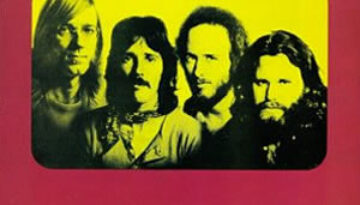
Buy L.A. Woman L.A. Woman, is the final Doors album with lead singer and poet, Jim Morrison. This album encompasses a mixture of blues, funk, and rock while maintaining a sound that is […]
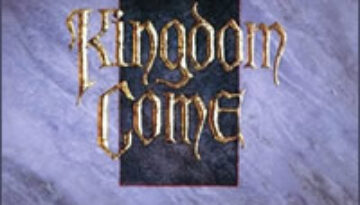
Buy Kingdom Come Kingdom Come released their well-received, self-titled debut album in early 1988. Led by German born front man Lenny Wolf, who co-wrote most of the album’s material with the group’s manager […]
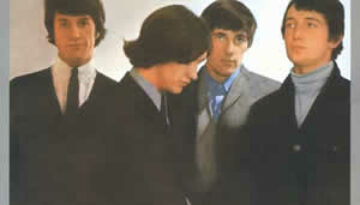
Buy Kinda Kinks The Kinks sophomore effort is often overlooked in their catalog due to the popularity of their recently released debut and the critical acclaim of later albums. But the rapidly recorded […]
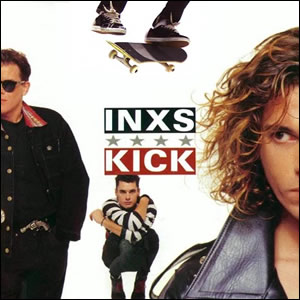
Buy Kick The Australian band INXS reached their absolute commercial peak with the well-crafted pop/rock/dance album Kick in 1997. This was the band’s sixth overall studio album since 1980 and marked a distinct […]
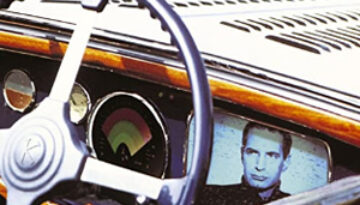
Buy Kamakiriad This album review is provided by Mike Fishman, who has written about Van Morrison for the Mystic Avenue blog and writes about film for IndependentFilmNow.com. Kamakiriad (1993) was Donald Fagen‘s second […]
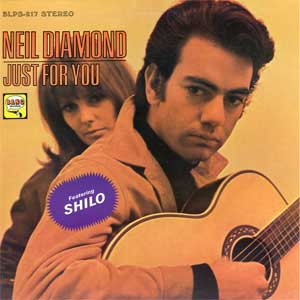
Buy Just For You Neil Diamond broke through in a big way in 1966 and 1967, both as a performer and a respected songwriter (although he had been writing “hit” songs for other […]
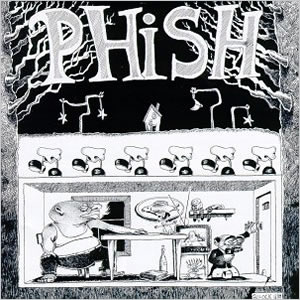
Buy Junta Originally released only on cassette, Junta by Phish, defies almost every convention for debut albums. The album was independently recorded and produced by the Vermont-based group but contains top-notch sound to […]
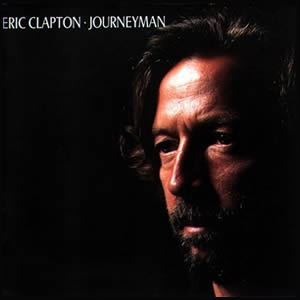
Buy Journeyman The 1980s seemed to have been a time for old time rockers to make incredible (albeit short) comebacks after several years in the wilderness. This was case with Paul Simon’s Graceland, […]
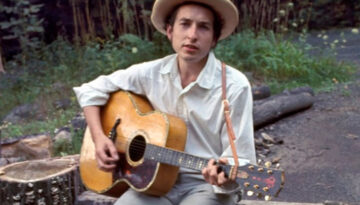
Buy John Wesley Harding After a relatively long hiatus from recording due to a serious motorcycle accident, Bob Dylan returned to simple form and constructs with his eighth studio album, John Wesley Harding, […]

Buy John Barleycorn Must Die Traffic returned from a short hiatus with the 1970 album John Barleycorn Must Die. Reformed as a trio, the group built this album mainly on extended, jazz-infused jams […]